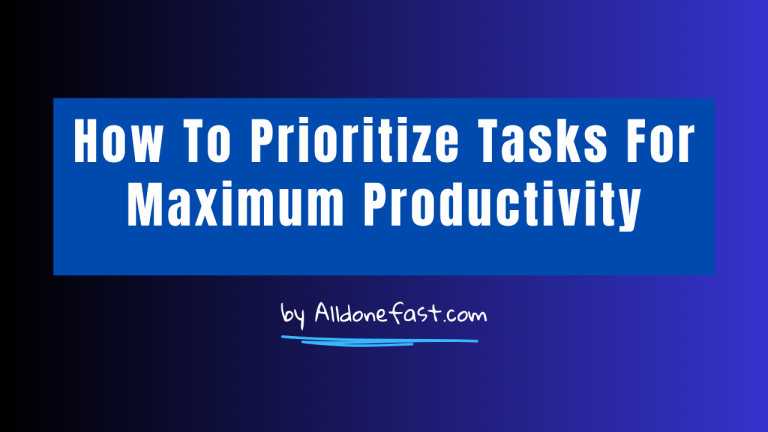Physical Address
304 North Cardinal St.
Dorchester Center, MA 02124
Physical Address
304 North Cardinal St.
Dorchester Center, MA 02124

Are you feeling overwhelmed by your never-ending to-do list? Do you struggle to determine which tasks are most important and should be tackled first? If so, you’re not alone. Many people struggle with prioritization, leading to a decrease in productivity…

Best 10 Proven Productivity Tips for Busy Professionals in 2023 Are you a busy professional feeling overwhelmed by the never-ending tasks on your to-do list? Do you wish you could accomplish more in less time? If so, you’ve come to…

Are you tired of feeling overwhelmed and unproductive? Do you struggle to get everything done on your to-do list, and often feel like you’re falling behind? If so, you’re not alone. In today’s fast-paced world, it can be difficult to…